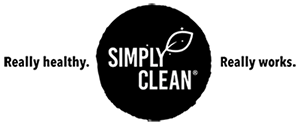The answer..... very well.
A quick (and simplified) explanation:
The Coronavirus is an ‘enveloped’ virus, which means it is surrounded by a delicate membrane that is made of fatty lipid molecules.
The bad news is that this membrane is peppered with vital proteins that allow the virus to infect cells and keep the virus alive.
The good news is that soap is a very efficient killer of the coronavirus germs that create the disease.
This is how it works:
Soap molecules are very complex – imagine a structure where the top end bonds with water, while the water-repelling tail bonds with oil and fat.
When exposed to the virus, the tails retreat back into its fatty membrane, bursting it open. Next, those proteins that are key to causing infection and general mayhem, are ‘drowned’ in the water you’re washing in, thus killing the virus. This process turns a coronavirus cell into a completely useless structure.
Scrubbing your hands vigorously creates friction that adds to their destruction. The 20 second rule is the result of evidence that this time allows for more germs to be properly attacked than washing for shorter periods.*
Some soap molecules also break the chemical bonds that keep viruses sticking to surfaces (such as skin) by grouping together and surrounding fragments of the virus, and confining them. When you finally rinse your hands, they are washed away. (It’s worth noting that the same process washes away bacteria, too).
And there you have it. Soap has always been a wonderous and powerful tool for disease control. It’s only now that the wider world is beginning to understand why.
*Todd EC, Michaels BS, Smith D, Greig JD, Bartleson CA. Outbreaks where food workers have been implicated in the spread of foodborne disease. Part 9. Washing and drying of hands to reduce microbial contamination. J Food Prot. 2010;73(10):1937-55.

